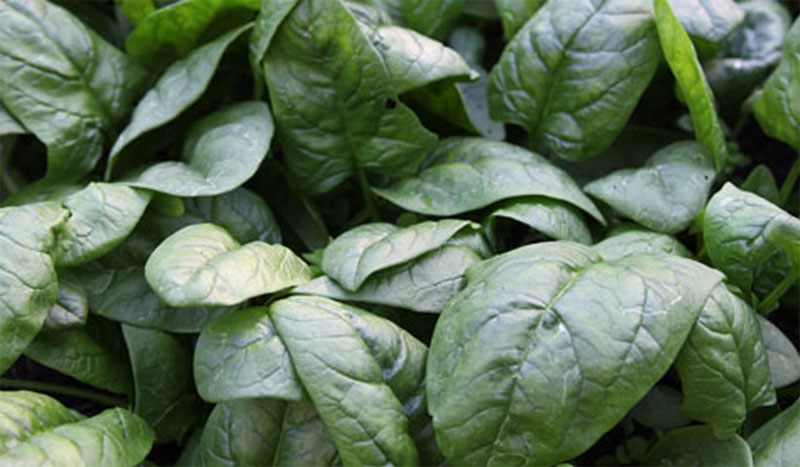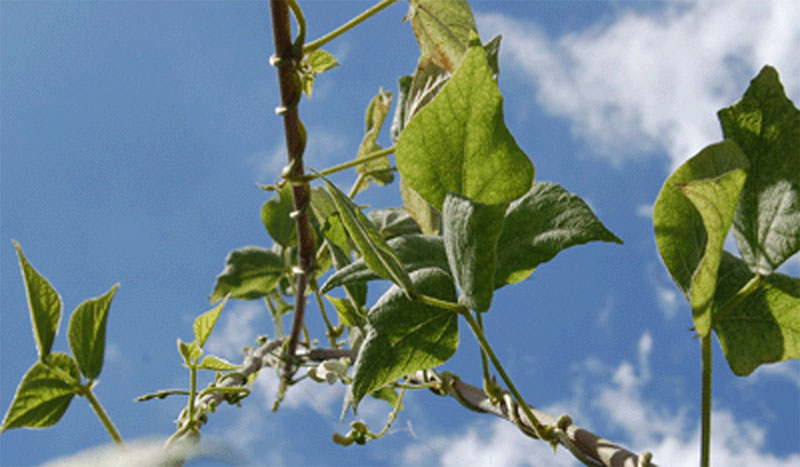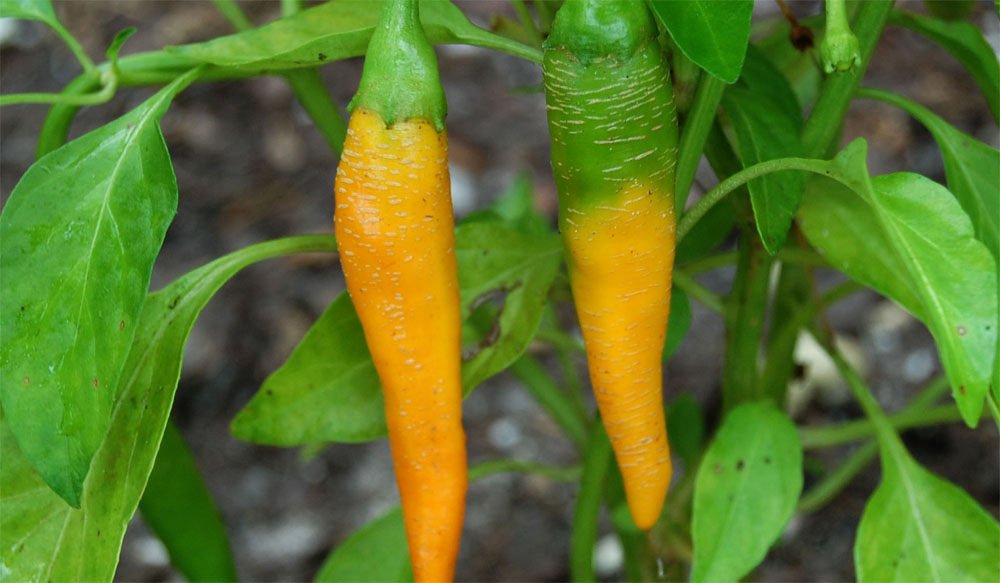Spinach is a very popular leafy green. Its flavor as well as nutrient contents make it a favorite on the table and in the garden. Spinach is a fast growing, cool-weather vegetable that is in the same family as Swiss Chard and Beets. Spinach plants can yield a large harvest of leaves quickly, and the harvest can be extended for quite some time!
Location Selection
Spinach plants are fairly undemanding of their location. Here are a few things to consider when selecting a location:
- Amount of Sunlight
- Soil Type
Amount of Sunlight
While Spinach can grow quite well in either full sun or partial shade the amount of sun that a plant gets can be a determining factor for the success of the crop. Spinach grows best in temperatures between 35-75 degrees and the amount of direct sun a plant gets can bring the ambient temperature above the 75 degrees at times. Areas that have a relatively higher ambient temperature should be kept in partial shade for most of the day, but areas that are a bit cooler can receive direct sun.
Soil Type
Spinach grows best in soil that retains moister well that is also high in organic matter. The soil should be able to retain moisture with out getting soggy and should maintain a near neutral pH of around 6.5-7.0. The best types of soil to grow in are loose rich soil or sandy soil that has been amended with heavy amounts of organic matter.
Soil Preparation
A loamy, well drained soil that is rich in organic matter is hard to find, so it is often necessary to prepare the soil to ensure the optimum conditions. Spinach grows best in a loose soil that high in nitrogen and maintains water. Here are some steps to prepare the soil:
- Amend the soil with organic matter
- Increase the nitrogen with natural sources
- Loosen soil to at least one foot of depth
Amending the Soil
The single best thing that can be used to amend soil is high quality compost. Compost that is either bought from a garden shop or composted at home tend to be the highest quality. Simply place a layer of about 2-3 inches of compost on top of the soil and mix it in thoroughly down to about one foot deep using a strong garden fork or shovel. The addition of compost will help add nutrients and help with water retention. If high quality compost is not available a mixture of peat moss, composted manure and vermiculite will work very well. Make sure to have a well balanced NPK ratio.
Sowing Seeds
Spinach seeds can be sown directly in the garden or indoors, however, a small percentage of young seedlings will not do well when transplanted. Spinach seeds take about a week and a half to two weeks to germinate indoors or out, so patients is required. Spinach seeds are quite small but they will need at least 2 inches deep of seed starting medium as they send out a tap root and to shallow of a starting medium or bed will stunt their growth.
Indoors
Start Spinach indoors about two months before the weather will allow them to be transplanted outdoors to the garden. Using either a peat pot or a 2 inches or more of seed starting soil, place the seeds about 1/2 of and inch deep. Keep the planting medium moist and around 60-65 degrees if possible. Once the seeds have germinated make sure that the seedlings are receiving adequate water and light. Either a south facing window that receives a lot of light or artificial light designed for growing plants will both work.
Once the plant has grown about 6 true leaves it will be ready to be transplanted out doors as soon as the weather is right. Because of the higher than normal transplant mortality with spinach, when transplanting place the young plants about 3-4 inches apart. Start by digging a hole large enough for the new plants entire root system and then gently remove the plant from its container, taking care to keep the roots in tact as much as possible Place the root ball in the hole and gently fill in the gaps and cover the entire root system with high quality soil. Make sure to thoroughly water in the new plants.
Once the plants have become established the plants can be thinned to about a six inch spacing. The small plants that are being culled can be used as baby spinach. The leaves will be quite tender and very tasty.
Direct Sowing
Sow seeds about 1/2 inch deep in the garden at a rate of about 12 seeds per foot of row with the rows being about 12 inches apart. Make sure to keep the soil moist by performing a light watering of the soil at least 2 times a day. Well cared for seeds should germinate in around a week (older seeds take longer, or will simply not germinate). Once the plants are well established they should be thinned to where there is one plant per 6 inches on the row. The young plants leaves can be used as baby spinach!
Care and Harvesting
Once spinach is well established it is an easy plant to care for as long as the weather is favorable. Spinach likes moist but not damp soil, so about 1-2″ of water a week should be ample. Fertilizing is simple; Fertilize with a high quality organic fertilizer that is high in nitrogen (such as blood meal) once a month.
If there the temperature is expected to get above 70 degrees precautions should be taken to help preserve the plants. Place row covers over the spinach to prevent sun from hitting the plant directly thus helping keep the temperatures down. If the weather is going to be unseasonably warm for multiple days it may be wise to harvest most of the spinach beacuse the warm weather will cause the plants to bolt to seed which in turn causes the leaves to have a bitter taste, ruining the crop.
When harvesting spinach it can be done in two ways.
- Cut a percentage of the older leaves off and allow the rest of the plant to grow
- Harvest the entire plant.
Early in the season it is best to harvest a few leaves from each plant at a time. This will encourage more growth, extend the harvest season and increase the yield. When the weather reaches a point where it is no longer ideal to grow spinach it is best to harvest the entire plant.
Quick Tips
- Plant spinach in a bed that previously had beans or peas in it. They affix nitrogen to the soil causing spinach to grow quickly.
- In very warm climates Spinach is a great winter crop
- Harvest early, harvest often. This will help increase total yeild





